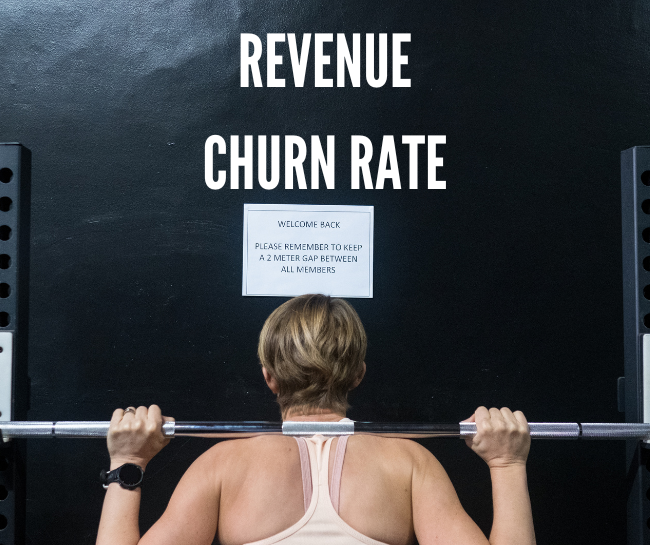
It is difficult to remain competitive in the digital age. Customers are frequently swamped with clever advertisements attempting to persuade them to switch to another business or service. It just might work if there is no strong retention strategy in place. The good news is that if you’ve already persuaded a customer to buy once, you’ve already completed the difficult part.
You must include retention marketing in your diverse marketing strategies, regardless of the kind of business you operate. You may see yourself with limited customer loyalty and continuously struggling to find new clients if you do not use retention marketing techniques.
The following guide will describe marketing retention, highlight some of the best strategies, and tell you how to ensure your strategy is on track.
What exactly is retention marketing

Retention marketing is marketing aimed at keeping your current customers. Inactive customers are also retargeted. This marketing strategy intends to keep your clients, saving you money on hiring new ones.
Retention strategies are crucial for any business for some reasons:
Customers who return are more loyal and spend more money

For starters, repeat clients are more loyal and likely to spend more money. Increasing customer retention by 5% can result in a 25-95% increase in profit. Every purchase increases the likelihood of a future purchase. Customers who return to you after purchasing once have a 60-70% chance of making another purchase. When a customer makes a second purchase, they are more likely to become one of your best customers, with a higher customer lifetime value.
Repeat customers are much less expensive to acquire than new customers

Another reason is that retaining current customers is much less expensive than acquiring new customers. To give you an idea, the chances of selling to current customers is 60-70%. In comparison, for new customers, the figure is only 5-20%. List building and acquisition marketing are both costly and time-consuming.
You must also consider that acquiring new customers can cost five times as much as retaining an existing one. You can also learn about flash sales and use them to boost your sales. In other words, retention strategies utilize your advertising budget more efficiently than constantly acquiring new customers. Of course, you must continue to use acquisition marketing techniques; however, don’t forget to prioritize retention marketing campaigns.
Understand retention with these questions

Ask yourself the following questions as you develop your retention strategy to gain useful insights. Some of these answers can be found in analytics programs like Google Analytics. Surveys and reviews can provide additional information. Some of these are unique to online stores, but they are all applicable to local businesses.
- How many people leave my website?
Examine the number of customers who leave your site without purchasing anything to determine how effective your on-site retention efforts are.
- How does the on-site experience differ for returning customers vs. new customers?
Ask returning customers what they would change about the website if they returned, and consider what is different. Do you show recommended products based on previous purchases and cookies? Have they logged in already?
- Do my customers have an emotional attachment to my brand?
Seek clarification if your customers have an emotional connection to your brand. If they do, they are more likely to become loyal. This connection can be established through personalized communication or through effective visual marketing. You can also use social media to supplement your retention strategy.
- Why aren’t my customers buying?
Based on website analytics, you can get a sense of why clients don’t buy, specifically by determining what stage of the buying process they frequently forsake. However, asking existing customers in surveys is another great way to find out.
The advantages of retention marketing
Maintaining relationships with current customers can have a number of advantages for your business. Among the advantages of customer retention marketing are the following:
Save money

Since returning customers are more likely to make a purchase, it is often less expensive to run a prosperous marketing campaign aimed at retaining customers than it is to target new customers. This could save you money so that you can reinvest in your business to enhance your services and products or simplify your processes.
Boost profits

You can build a relationship with a client by promoting a useful service or product to them. Sustaining that relationship may boost your sales success rate since the customer comprehends the quality of your products and brand and may purchase from you again. Customers may purchase from your brand when they need replacement products, which can help increase your profits.
Measure the success of your product

Monitoring your returning customers can assist you in determining the success of your products and brand. A high number of returning customers can indicate how positively they perceive the products and services your company provides, as well as which products are most beneficial to them.
Develop customer referrals

Sustaining current customers can help you grow your client base as they are more likely to refer a product or service they like to their friends and family.
Metrics for customer retention
There are many customer retention metrics you can use to assess the efficacy of your campaign, but the following are the most crucial.
- Client churn rate

Client churn is one of the most basic and vital customer retention metrics. Subtract the number of clients at the end of the year from the amount at the beginning, then divide the result by the number of customers at the beginning.
This will tell you how frequently clients stop buying from you. Just keep in mind that some attrition is unavoidable. Determine why the churn rate is higher than 5-7% and enforce retention strategies to reduce it.
- Revenue churn rate

To quantify the revenue churn rate, you must first determine the monthly recurring revenue (MRR) at the beginning and end of the month. Subtract the MRR at the end of the month from the figure at the beginning of the month. Then, from that month, deduct the MRR in upgrades (upselling and cross-selling). Split the total by the MRR at the start of the month. This will show you how much money you lost from customers during the month.
- Repeat purchases

Because your aim with customer retention marketing is to acquire repeat customers, it makes sense to include this figure in your retention rate calculation. To do so, split the total number of customers by the number of returning customers. The outcome will be a ratio. This ratio can be used to estimate customer loyalty.
We know. It’s hard to find the right tools that actually help you grow your business and keep it going strong.
At Spark, we’ve been helping people just like you build their membership sites for years. We know what works, and we know what doesn’t. That’s why we’re proud to offer our software as a solution that helps you get where you want to go—and stay there!
You might also want to read 17 Gym Essentials To Have Before Starting Your Own Gym